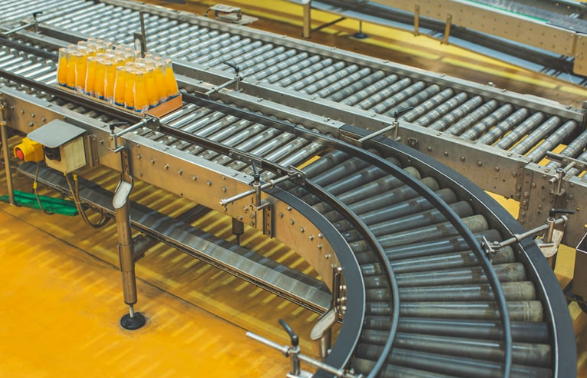- Smart Lighting: Home automation systems enable users to control lighting fixtures remotely using smartphones, tablets, or voice commands. Smart light bulbs, switches, and dimmers can be programmed to adjust brightness levels, set schedules, and create ambiance based on preferences or occupancy sensors.
- Thermostat Control: Smart thermostats allow homeowners to remotely control heating, ventilation, and air conditioning (HVAC) systems, optimizing energy usage and reducing utility costs. These devices can learn users’ preferences, adjust temperature settings based on occupancy patterns, and provide energy usage insights to promote energy conservation.
- Home Security: Home automation technology enhances home security through the integration of smart surveillance cameras, doorbell cameras, motion sensors, and smart locks. Users can monitor their property in real-time, receive alerts about suspicious activity, and remotely lock or unlock doors to grant access to trusted individuals.
- Smart Appliances: Smart appliances, such as refrigerators, ovens, washing machines, and dishwashers, offer advanced features and connectivity options that enable remote monitoring and control. Users can receive notifications when appliances require maintenance, track energy consumption, and customize settings for optimal performance.
- Voice Assistants: Voice-controlled virtual assistants, such as Amazon Alexa, Google Assistant, and Apple Siri, serve as central hubs for home automation systems, allowing users to control smart devices, play music, check the weather, and access information using voice commands.
- Automated Window Treatments: Motorized blinds, shades, and curtains can be integrated into home automation systems to automate opening and closing based on time of day, sunlight intensity, or user preferences. Automated window treatments enhance privacy, regulate natural light, and improve energy efficiency.
- Smart Entertainment Systems: Home automation technology enhances the entertainment experience by integrating audiovisual components, such as smart TVs, streaming devices, speakers, and gaming consoles. Users can create custom home theater setups, stream content from multiple sources, and control multimedia devices from a single interface.
- Environmental Monitoring: Smart sensors and detectors monitor indoor air quality, humidity levels, smoke, carbon monoxide, and water leaks, providing early warnings about potential hazards and allowing users to take preventive actions to mitigate risks.
- Integration and Automation: Home automation platforms, such as smart hubs and ecosystems, enable seamless integration and automation of various smart devices and systems. Users can create custom routines, scenes, and triggers to automate repetitive tasks, enhance comfort, and improve efficiency.

Overall, home automation technology offers a wide range of benefits, including convenience, comfort, energy savings, and enhanced security, making it increasingly popular among homeowners seeking to modernize their living spaces.
Also Read :
- Medical technology encompasses a wide range of tools, techniques,
- Science and technology are closely intertwined fields that play pivotal roles in shaping the modern world.
- The impact of technology on education
- Fidelity Global Technology: Investing in the Future
- Colt Technology Services: A Comprehensive Overview
1 thought on “Home automation technology utilizes smart devices and systems to automate and control various aspects of the home environment,”